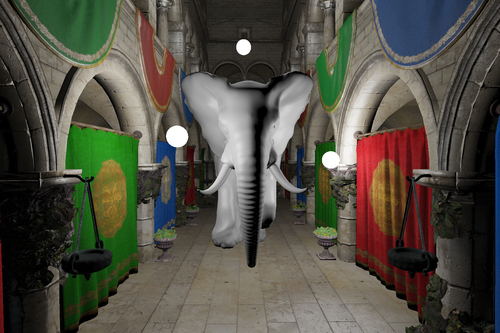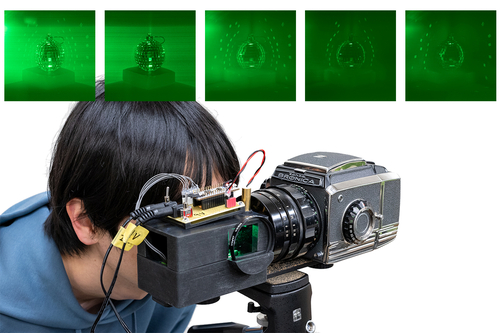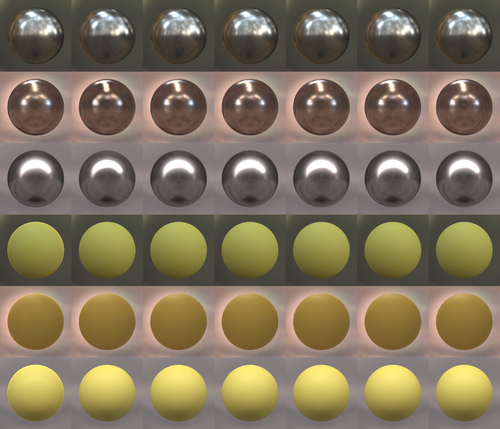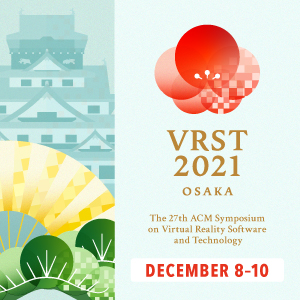Material Acquisition and Representations [Q&A Session]
-
 Full Access
Full Access
-
 Virtual Full Access
Virtual Full Access
Date/Time: 06 – 17 December 2021
All presentations are available in the virtual platform on-demand.
Efficient spherical harmonic shading for separable BRDF
Contributor(s):
Pierre Mézières, Institut de Recherche en Informatique de Toulouse (IRIT), France
Mathias Paulin, Institut de Recherche en Informatique de Toulouse (IRIT), France
Description: This paper aims to reduce the cost of SH shading with separable BRDF by identifying computation redundancy and drastically reducing the cost of SH product with a clamped cosine.

EpiScope: Optical Separation of Reflected Components by Rotation of Polygonal Mirror
Contributor(s):
Ryota Maeda, University of Hyogo, Japan
Shinsaku Hiura, University of Hyogo, Japan
Description: We propose an optical system that can separate the direct and indirect reflection components in real-time without imaging devices. The selected components can be seen directly by our naked eye.

Experimental Analysis of Multiple Scattering in Microfacet Reflection Models
Contributor(s):
Feng Xie, Stanford University, Facebook Reality Labs, United States of America
James Bieron, College of William & Mary, United States of America
Pieter Peers, College of William & Mary, United States of America
Description: We present the first comprehensive experimental comparison between multiple scattering reflection models and 3 popular single scattering reflection models using the MERL dataset with 100 measured isotropic BRDF samples.





